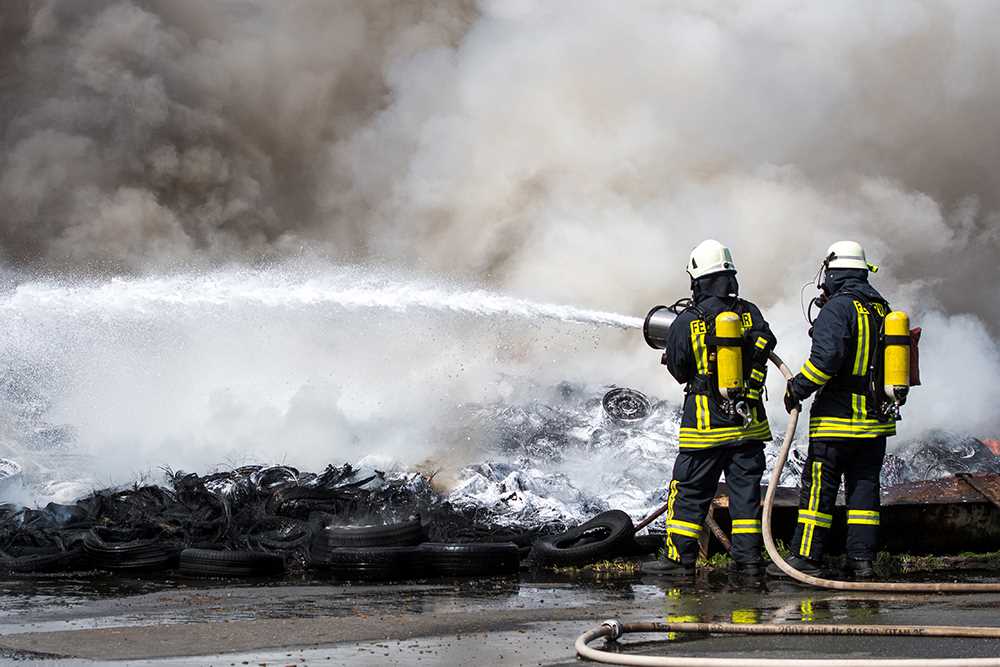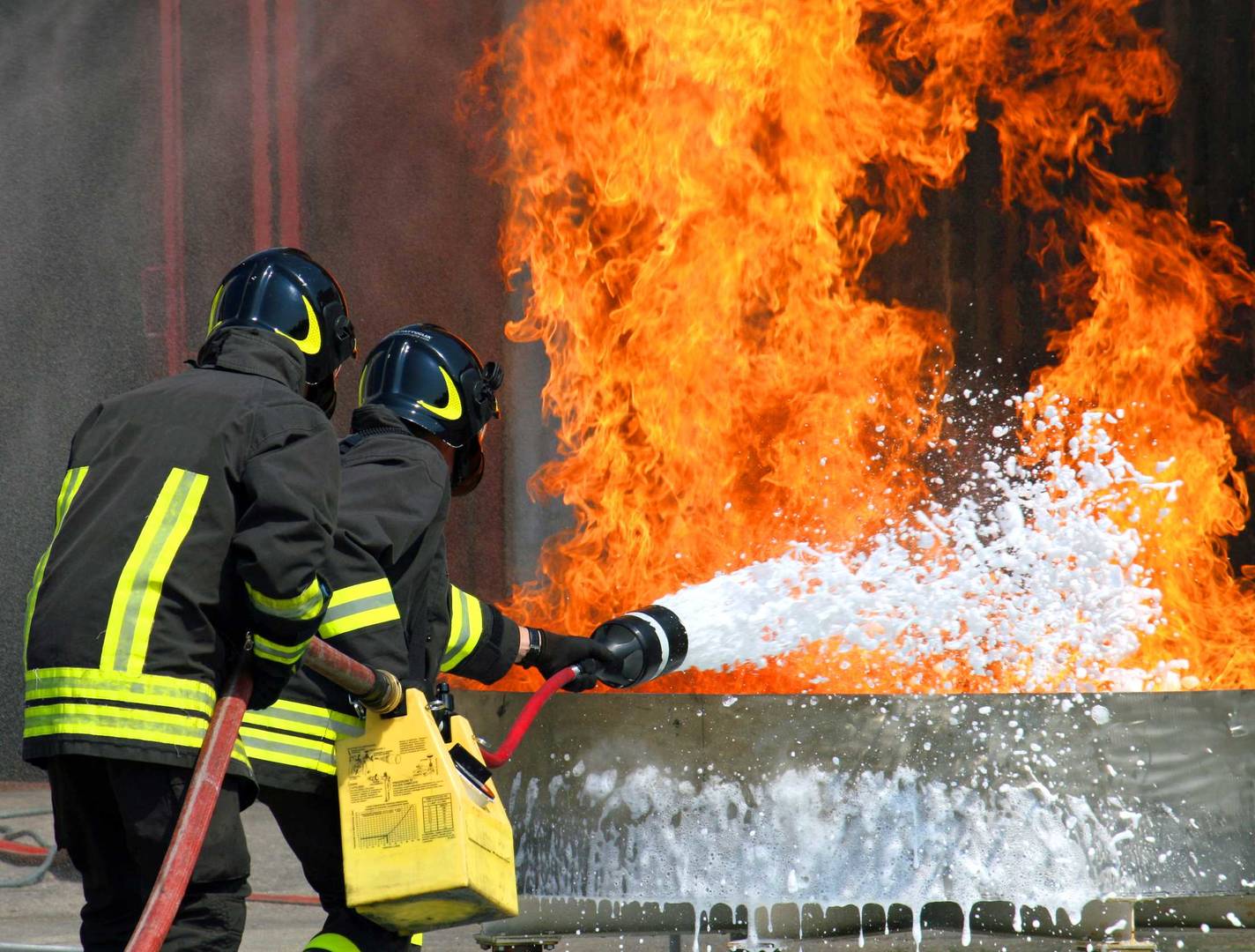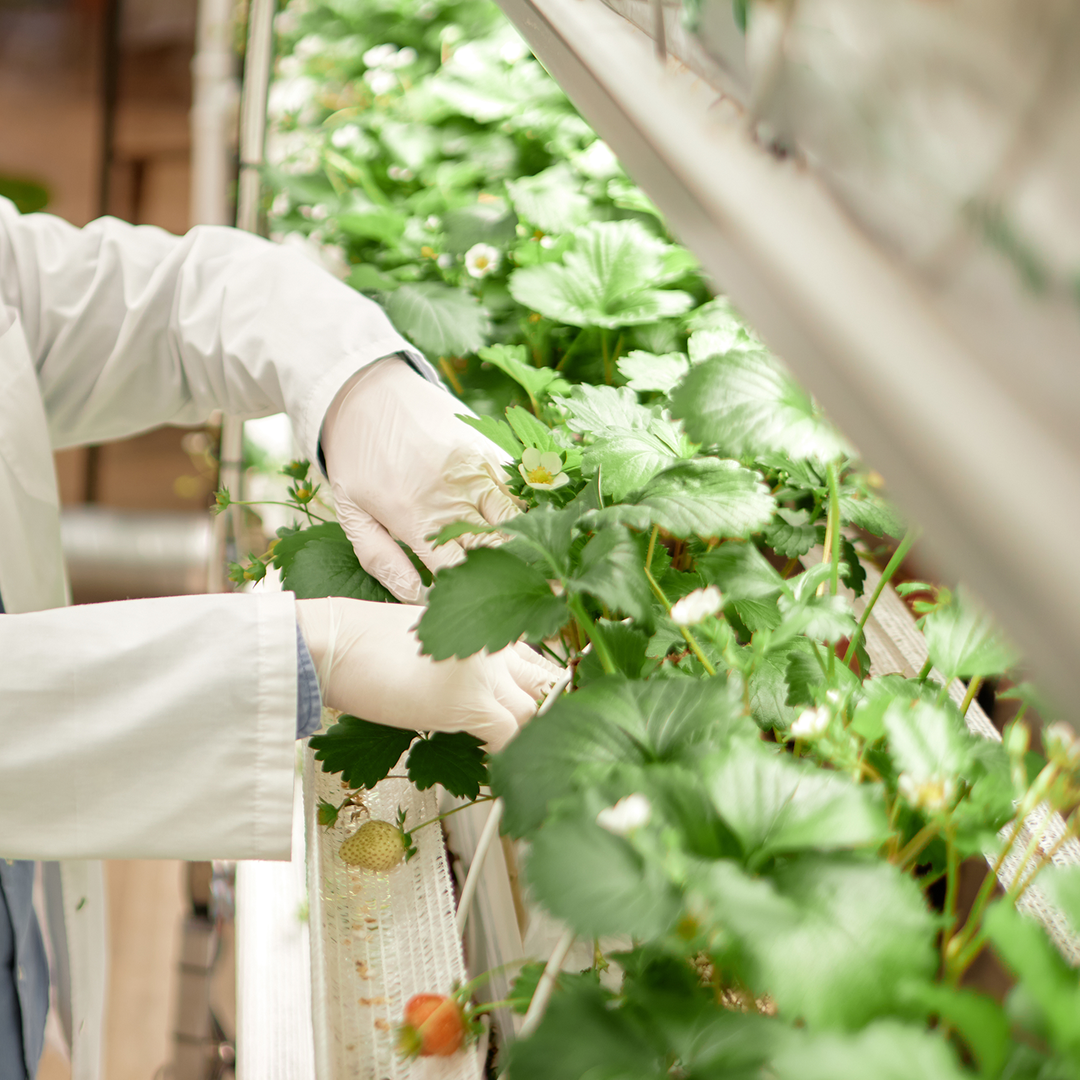EnviroMail 34 Update Canada - Extended PFAS Analyte Reporting and Trace-Level Water Testing by EPA Method 1633
After first offering testing of waters and soils for an extended suite of up to 51 Perfluorinated Alkyl Substances (PFAS) in Oct 2021, ALS Canada now also offers trace-level testing of surface waters, groundwaters, and wastewaters by US EPA Method 1633 for a further-expanded PFAS list, which now includes 12 additional PFAS analytes beyond the standard 40 analyte list from Method 1633.

ALS Canada’s Extended PFAS Testing Suites
ALS has been testing for complex suites of PFAS analytes globally under accredited methods since the late 2000s, supporting global trends to monitor and restrict these persistent chemicals in the environment. What started out as testing for PFOS and PFOA has steadily grown to include dozens of new compounds of interest as PFAS regulation and knowledge of their precursors and degradation processes increases. The ALS global network of expert PFAS scientists are constantly developing new capabilities to meet local and global testing needs. This includes global reviews of emerging analytes, including those becoming increasingly regulated or requested by our global customers. The availability of testing for expanded parameter lists reduces the risk of underestimating cumulative PFAS. The ALS extended parameter suites include analysis of PFECHS, found in aviation hydraulic oils, as well as fluorotelomer carboxylic acids 6:2 FTCA, 8:2 FTCA, and 10:2 FTCA, which are major components in legacy landfill leachates. All 40 PFAS analytes from Method 1633 are included in the ALS extended suites, plus up to 12 additional analytes, as shown in Table 2.
Expanding Canadian PFAS Regulations
PFAS guidelines and regulations in Canada are expanding quickly. The first PFAS regulations in Canada were issued in British Columbia in 2017 under the BC Contaminated Sites Regulation. Canadian drinking water guidelines were later issued for PFOS and PFOA in 2018. CCME water and soil quality guidelines and a scientific criteria document were released in September 2021, with additional provincial regulatory guidelines expected to follow. The Canadian Maritime provinces issued new regulations for 9 individual PFAS in July 2022 under the Atlantic Canada RBCA Environmental Quality Standards. In January 2023, Alberta added PFOS and PFOA to their Tier 1 Soil and Groundwater Remediation Guidelines. And on April 12, 2023, Health Canada released a draft new Objective for Canadian Drinking Water Quality, which proposes to address Total PFAS as a class (targeted PFAS list not yet finalized). The proactive ALS expansion of analytical capabilities helps to prepare stakeholders for increased regulatory requirements expected in the near future.
New Water Testing by EPA Method 1633
ALS Waterloo, our Canadian PFAS specialist laboratory, is pleased to announce new testing capabilities for an extended PFAS parameter suite of 52 analytes in environmental waters by US EPA Method 1633. As summarized in Table 2, this analysis includes all analytes from Draft US EPA Method 1633 (40 compounds) plus 12 additional compounds identified as emerging PFAS analytes of concern through global ALS sector review and target lists supplied by our clients. Detection limits achieved are below all established and proposed limits in Canadian PFAS regulations and CCME guidelines, with most below the lowest of any global PFAS regulatory guidelines from the USA, Europe, or Australia (refer to compilation published byITRC, the US Interstate Technology Regulatory Council).
Characteristics of Method 1633
In July 2023, the US EPA issued the 4th draft of Method 1633, which is now finalized for aqueous matrices (wastewater, surface water, and groundwater). Method 1633 provides performance-based method guidance for testing of 40 PFAS analytes in water, soil, biosolids, and tissue, in support of the US PFAS Action Plan and US Clean Water Act (CWA). ALS Canada is applying Method 1633 for trace-level analysis of our extended PFAS suite in wastewater, surface water, and groundwater. Our test offering meets all required elements of EPA Method 1633, including:
- LC-MS/MS analysis with Multiple Reaction Monitoring (MRM);
- Whole-sample bottle extraction (representative subsampling is used only for high-level samples identified by pre-screening, and will be indicated in reports);
- Solid Phase Extraction (SPE) and extract cleanup steps are used for isolation and concentration of PFAS from sample matrix, and to minimize interferences;
- All required isotopically labelled Extracted Internal Standards (EIS) and Non-extracted Internal Standards (NIS) are incorporated and assessed against required QC limits;
- Quantification is based on isotope dilution or extracted internal standards as per the method;
- Both linear and branched PFAS isomers are quantified for all PFAS for which linear/branched reference mixtures are available (PFOA, PFNA, PFOSA, PFOS, PFHxS, NMeFOSA, NEtFOSA, NMeFOSE, NEtFOSE, NMeFOSAA, NEtFOSAA);
- Analysis of Total Suspended Solids (TSS) is conducted to assess maximum loading capacity of the SPE procedure;
- All unknown samples are pre-screened to prevent cross-contamination and to determine optimal SPE sample preparation strategy.
EPA Method 1633 is designed to provide top-quality ultra-trace PFAS analysis for an extensive analyte list, with exceptional resolution from potential interferences through carbon-based cleanup procedures and optimized chromatographic separations and MS/MS conditions. The method is performance-based, and minor deviations are permitted to non-prescriptive elements such as extraction procedure, sample volume, cleanup procedure, LC-MS/MS conditions, etc., where performance requirements are met. Performance criteria for environmental water matrices are defined in draft 4 of the method. The ALS Canada application of the EPA 1633 method is fully validated, reviewed, and approved by ALS Canada QA and senior technical leadership, and meets all performance requirements of the method for the testing of wastewaters, surface waters, and groundwaters.
Quality Considerations and Limits of Reporting
With extended parameter lists, especially for trace analysis by EPA Method 1633, ALS has increased our focus on maximizing data quality and minimizing false positives. False positives can cause significant issues, particularly if PFAS are detected in sensitive receptor or control samples that should be PFAS-free. From both a field and laboratory perspective, a challenging issue over the last decade has been how to avoid cross-contamination from highly contaminated samples to clean samples that are collected and analyzed together, where analyte concentrations may sometimes differ by three to five orders of magnitude. These issues persist despite dedicated field equipment and best field practice of sampling from lowest to highest impacted sites. The challenge to reduce cross-contamination includes field sample handling, shipment, storage, and laboratory protocols.
When reaching a laboratory environment, ‘clean’ and ‘dirty’ sample segregation becomes even more critical with larger analyte target lists, and every order of magnitude lower requirement in testing becomes infinitely more challenging.
In the ALS experience of decades of analyzing thousands of PFAS samples per week, our scientists believe that optimal data quality is achieved by not pushing to see the lowest possible detection limits in sites/samples with high potential impact, but by offering a series of methods designed to meet specific client needs for high or low level samples. As per normal industry practice, ALS will not be able to accurately report trace-level Limits of Reporting (LORs) for PFAS in samples that contain high concentrations of other target PFAS compounds.
Sampling Considerations
Table 1 summarizes sample collection requirements for PFAS analysis of environmental water samples and soils/sediments. Trace-level testing of waters by EPA 1633 requires submission of 2 x 250 mL sample containers to permit whole-sample analysis with SPE, with an option for re-analysis if required. An additional 60 mL sample is also required to permit pre-screening and analysis of Total Suspended Solids (required by Method 1633 for turbid samples).

ALS also strongly recommends that samples requiring trace-level water reporting should be separately bagged and marked “TRACE PFAS ONLY” when submitted to ALS, thus clearly isolated from highly contaminated samples. Through this segregation in the field and laboratory your data quality can be maximized.
Samples should be protected from light and shipped with sufficient ice to maintain temperature at 0-6°C from the time of collection until arrival at the laboratory. Allow at least 48 hours to account for shipping delays. For cooling of PFAS samples, ALS recommends double-bagged regular ice in sealed poly bags (e.g. Ziploc®), or HDPE bottles filled with water and frozen. Chemical or “blue” ice should be avoided (many brands are in use and most are untested for PFAS).
17025 Accreditation and Further Details
ALS Waterloo currently holds ISO 17025 accreditation for up to 51 PFAS analytes in waters and soil, as listed in Table 2. We have submitted our application for ISO 17025 accreditation for testing of environmental waters by EPA Method 1633 for 52 analytes (including PFODA); formal accreditation is anticipated by Dec 2023.
Please contact your ALS Canada Project Manager for updates and further information, or to arrange for sampling supplies.


























































